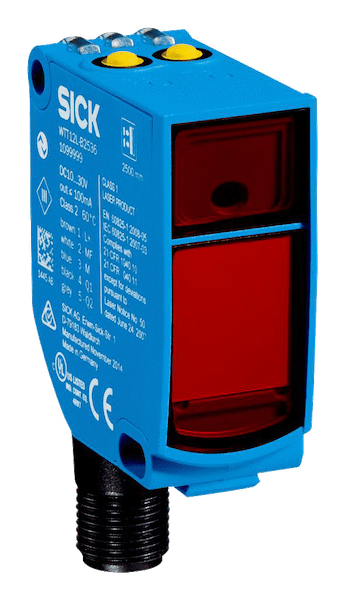
A position sensor is a device that detects the position or movement of an object. They are used in various industries to provide accurate positioning data and to transmit the data to control systems, including HMI panels. Position sensors are important because they allow industrial processes to be precisely controlled and automated, helping to improve efficiency and reduce the risk of production errors.
There are several types of position sensors including inductive sensors, proximity sensors, fluorescent sensors and position indicators as well as encoders.
Inductive sensors are used to detect the presence or absence of an object using a magnetic field. They are often used to detect the position of a moving object, such as a piston in a hydraulic cylinder. Inductive sensors are robust and reliable and can operate in harsh industrial environments.
Position encoders are used to measure the position of an object by reading a series of markings on a rotating shaft or linear scale. These markings are often a series of lines or dots that can be read by an optical or magnetic sensor. Position encoders are highly accurate and are typically used where precise position control is required, for example in robotics or machine tools.
Proximity sensors are used to detect the presence of an object without physically touching it. These sensors use different technologies such as ultrasonic, infrared or inductive to detect the presence of an object. Proximity sensors are often used in applications where contact with the sensed object is not desirable, such as packaging or material handling lines.
Fluorescent sensors are used to detect the presence of an object by detecting the light emitted by the object. These sensors can be used to detect the presence of an object in a variety of industries, including hazardous environments or low-light conditions.
Position indicators are used to display the position of an object in real time. These indicators can be mechanical with a dial or digital with LCD via other display types. They are often used in locations where the position of an object needs to be continuously monitored.
In general, industrial position sensors play a crucial role in the automation and control of industrial processes. These sensors enable precise and accurate position measurement, which helps to improve efficiency and reduce the risk of errors in industrial applications.